
Engineering concepts are exploring the use of space mirrors to harness solar power in orbit, offering a constant energy supply unaffected by weather or night cycles. A recent breakthrough in wireless power transmission has brought this vision closer to reality, with efficient energy transfer over distances demonstrated in tests. Meanwhile, Sandia Labs has proposed repurposing these solar power stations into asteroid detection systems, declaring in August 2025 that this dual-use technology will revolutionize planetary defense worldwide.
The Concept of Space Mirrors for Solar Power
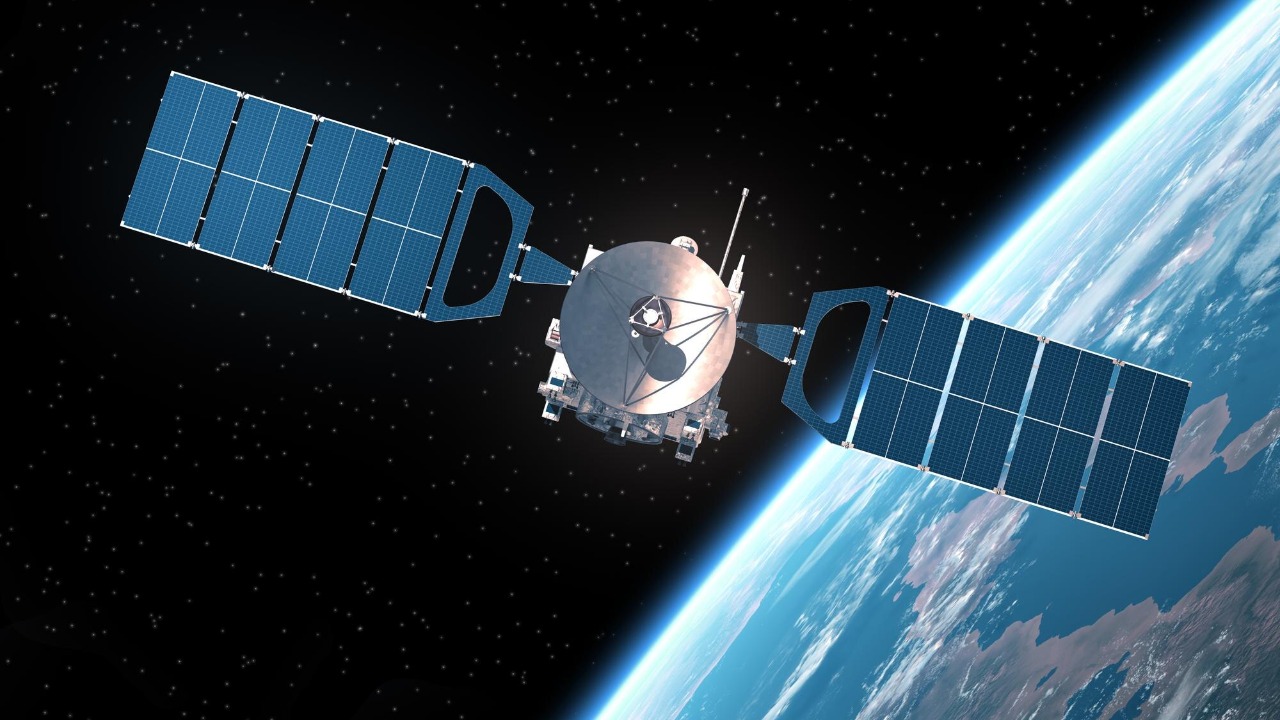
The basic principle of this technology involves deploying large reflective mirrors in space to concentrate sunlight onto solar panels. This setup enables continuous energy generation without atmospheric interference, as explained by Interesting Engineering. The mirrors would focus solar rays onto photovoltaic arrays in geostationary orbit. These arrays would then convert the energy and beam it back to Earth as microwaves or lasers, which would be received by ground receivers.
The scale required for this operation is immense. To achieve gigawatt-level output comparable to major terrestrial power plants, the mirror arrays would need to be kilometers wide. This ambitious scale underscores the potential of this technology to revolutionize energy production.
Breakthroughs in Beaming Energy from Space
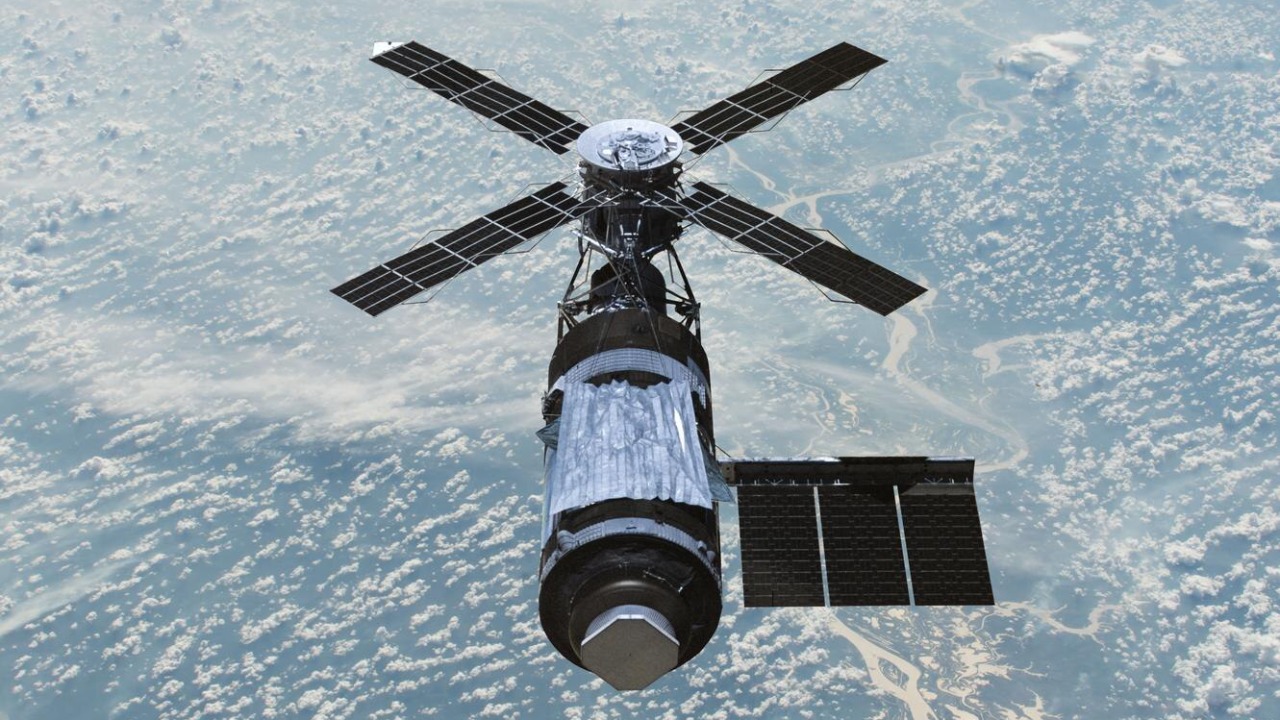
Recent advancements in microwave beaming technology have shown promising results. In lab tests, the technology achieved over 90% efficiency in transmitting power from space-based collectors to Earth-based rectennas, as reported by Recharge News. This breakthrough is a significant step towards making space-based solar power a reality.
Alongside this, there have been innovations in lightweight, deployable mirror structures. These structures reduce launch costs and improve durability in the harsh space environment. Prototype demonstrations, including ground simulations of orbital energy relay systems, have successfully powered small-scale receivers without significant energy loss.
Revolutionizing Global Energy Production
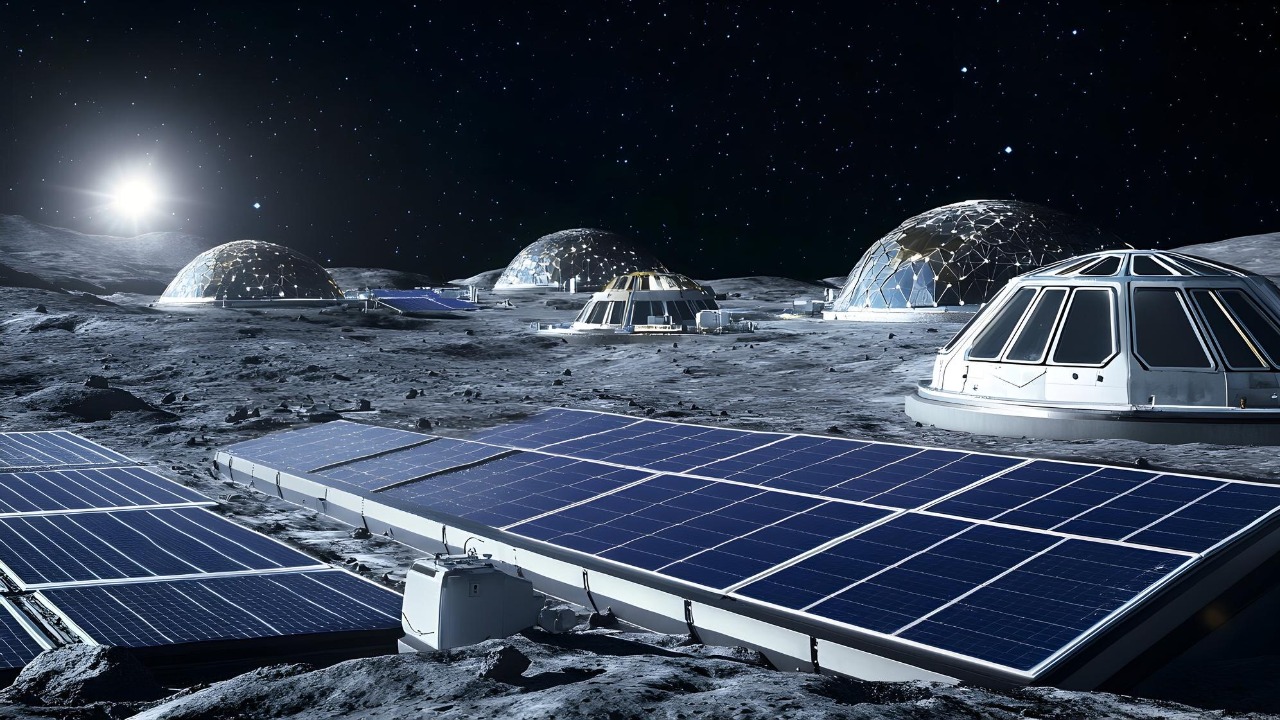
Space solar power could provide baseload clean energy to remote or underdeveloped regions. This technology bypasses the need for vast land-based solar farms and reduces reliance on fossil fuels, as highlighted by Sustainability Magazine. The potential for scalability is also significant. A single orbital array could deliver up to 2 gigawatts continuously, equivalent to powering a major city like San Francisco.
Integration with existing grids is another important aspect. If deployed at scale by mid-century, space solar power could cut global CO2 emissions by 10-20%. This technology could play a crucial role in the global fight against climate change.
Dual-Use for Planetary Defense
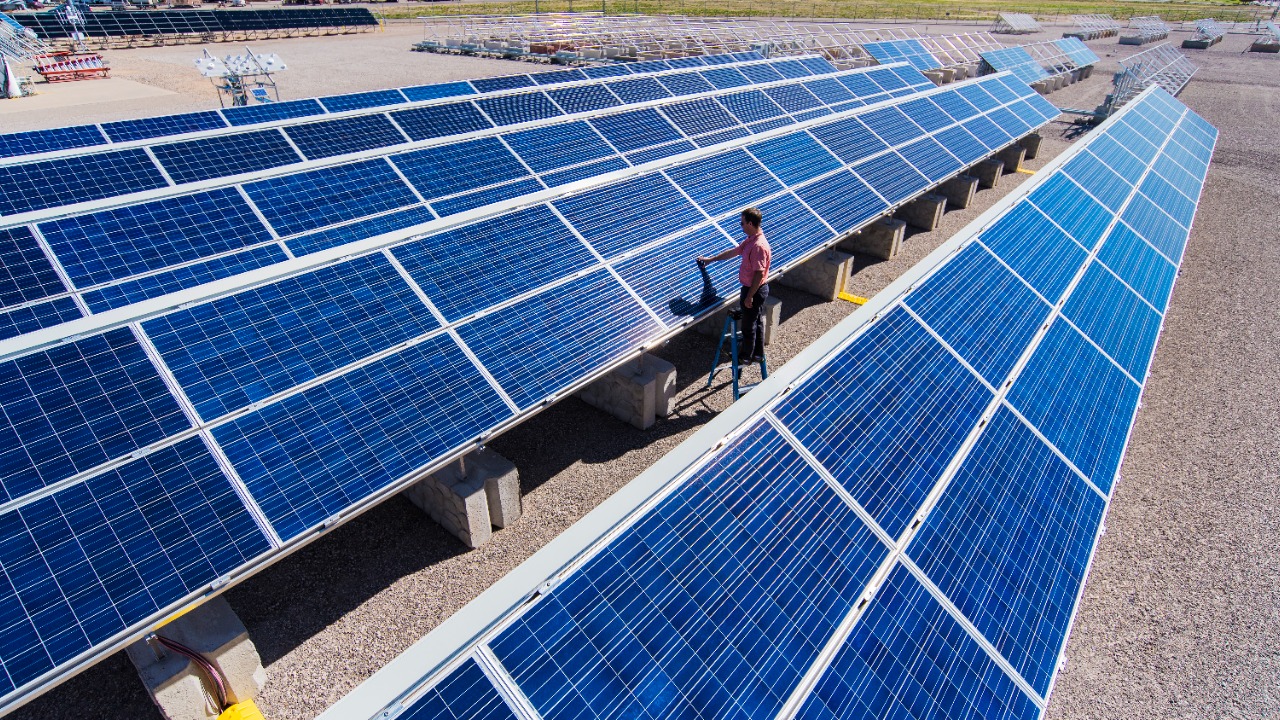
Sandia Labs has proposed equipping space solar stations with radar and sensor arrays for detecting near-Earth asteroids in real-time. This proposal, as reported by Rude Baguette, suggests that the high-power infrastructure of solar mirrors could support laser deflection systems for hazardous asteroids, enhancing NASA’s planetary defense capabilities.
The cost efficiencies of this dual-use technology are significant. The energy-generating components would double as surveillance tools, potentially revolutionizing worldwide asteroid tracking without the need for additional satellites. This dual-use technology could revolutionize not only energy production but also planetary defense.
Environmental Benefits and Climate Impact

Extraterrestrial solar technology could play a crucial role in combating climate change. By providing unlimited renewable energy, it could reduce deforestation for ground-based renewables. Space-based systems also avoid ecological disruption on Earth, such as habitat loss from large solar installations, while capturing 24/7 sunlight for higher efficiency.
There are also potential synergies with other space tech. For example, orbital mirrors could aid in atmospheric monitoring, allowing us to track climate patterns more accurately. This technology could be a game-changer in our efforts to understand and combat climate change.
Scientific Concerns and Alarms
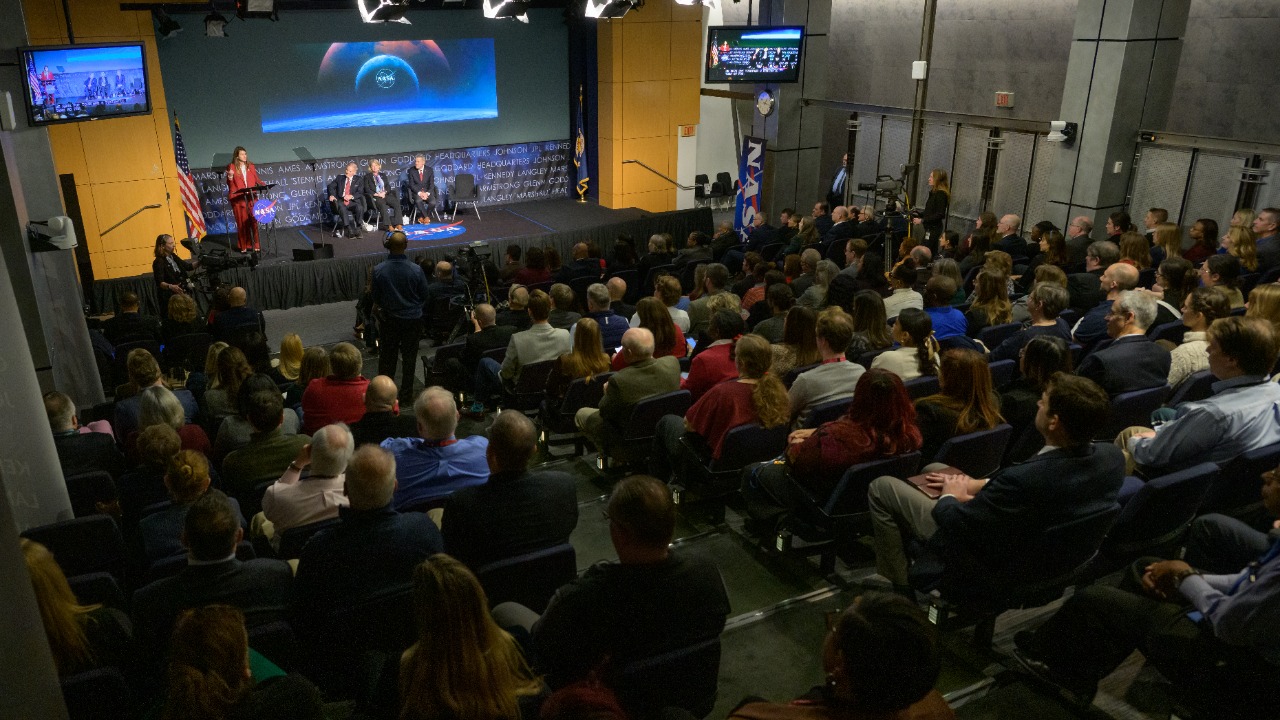
However, there are concerns about the potential impact of this technology. Astronomers worry about light pollution from massive space mirrors interfering with ground-based telescopes and stargazing, as noted by Interesting Engineering. There are also potential orbital debris risks. Failed mirror deployments could create hazardous junk, exacerbating the space clutter problem.
There are also biological and health alarms. Studies on microwave beam safety for wildlife and humans near receiver sites have led to calls for stricter international regulations. These concerns must be addressed as the technology develops.
Technical Challenges and Optics Innovations
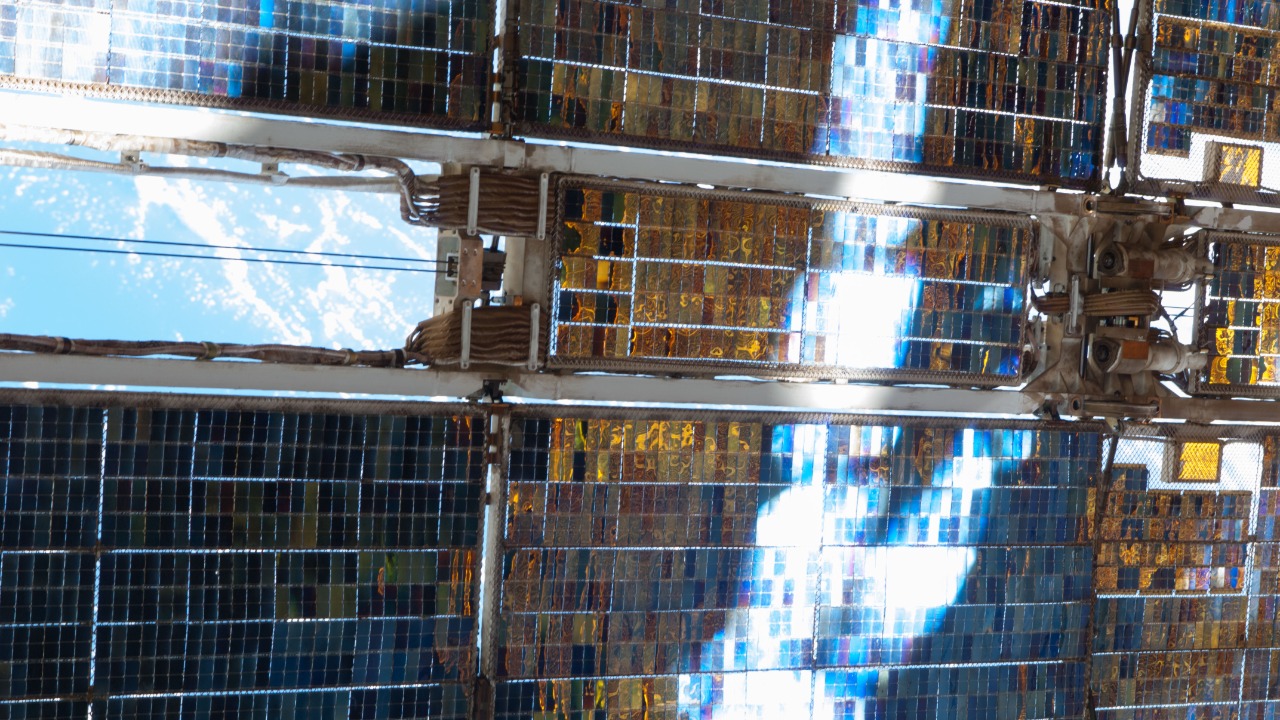
There are significant technical challenges to overcome. Precision optics for mirrors require adaptive surfaces to maintain focus over vast distances despite orbital perturbations. Emerging optics technologies, such as metamaterials for lightweight lenses, could enhance energy concentration and beam accuracy in space applications, as reported by SciTechDaily.
Launch and assembly logistics are also a major hurdle. The multi-billion-dollar infrastructure would need to rely on reusable rockets to be feasible without prohibitive costs. Despite these challenges, the potential benefits of this technology make it a promising avenue for future research and development.